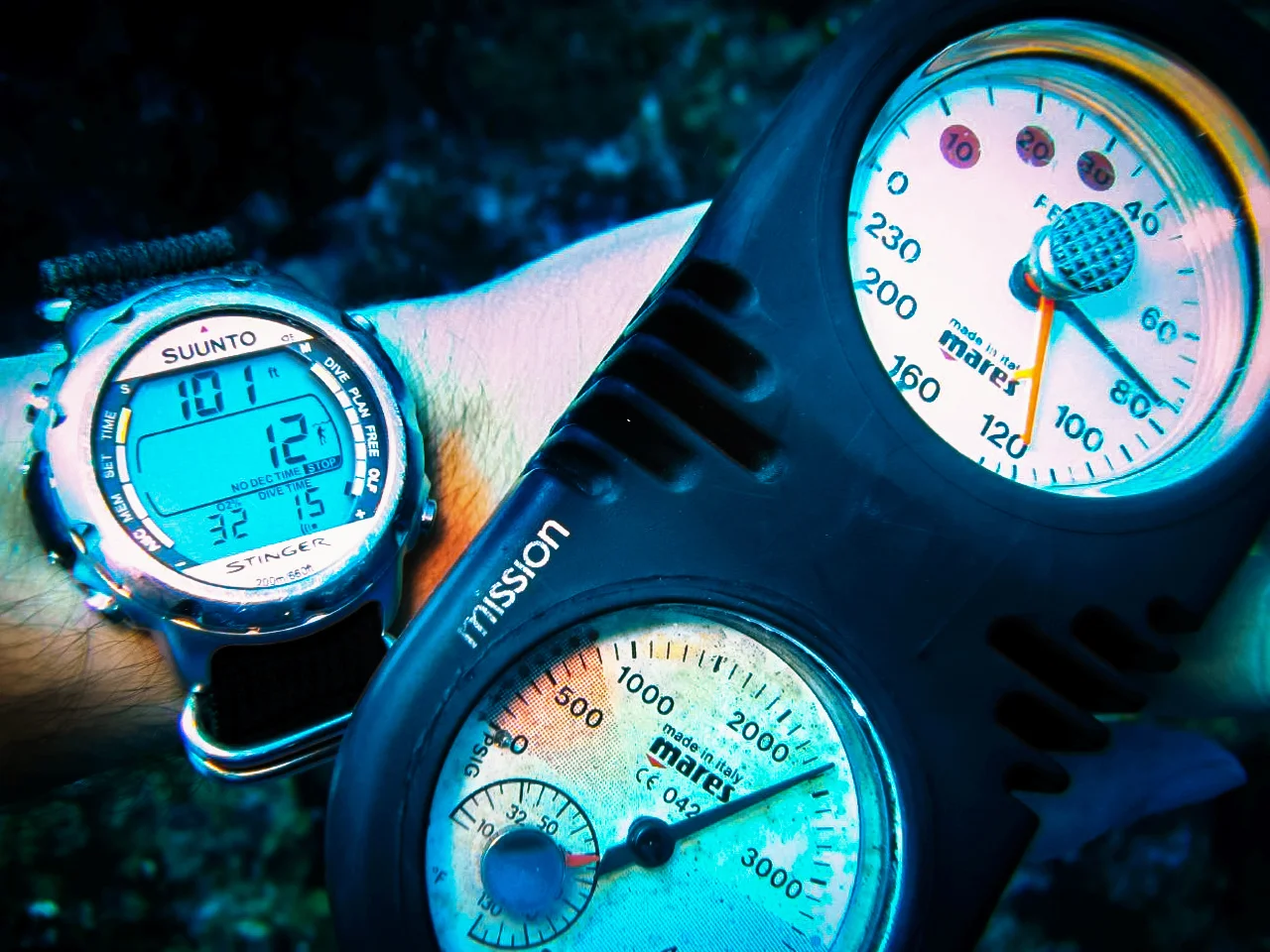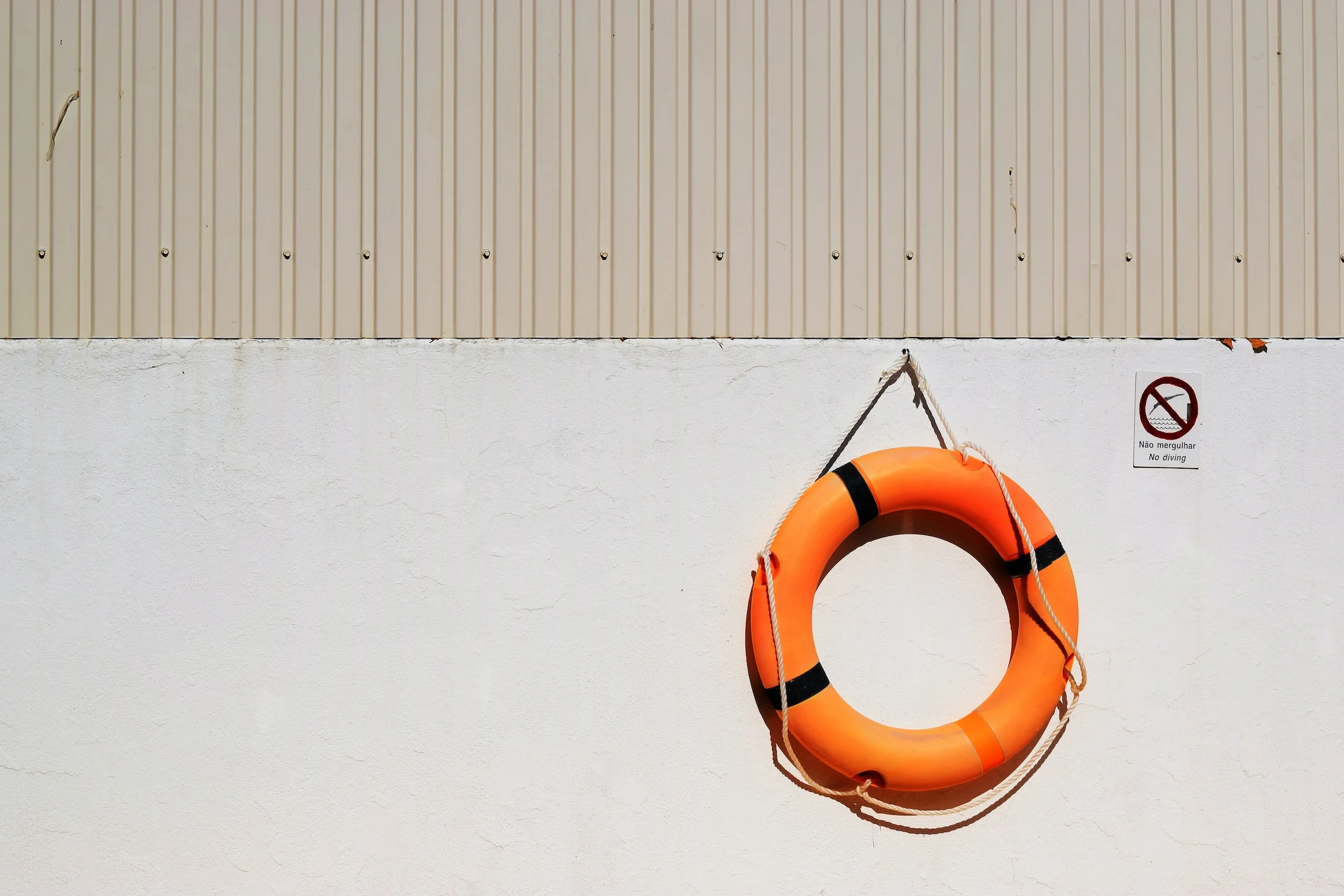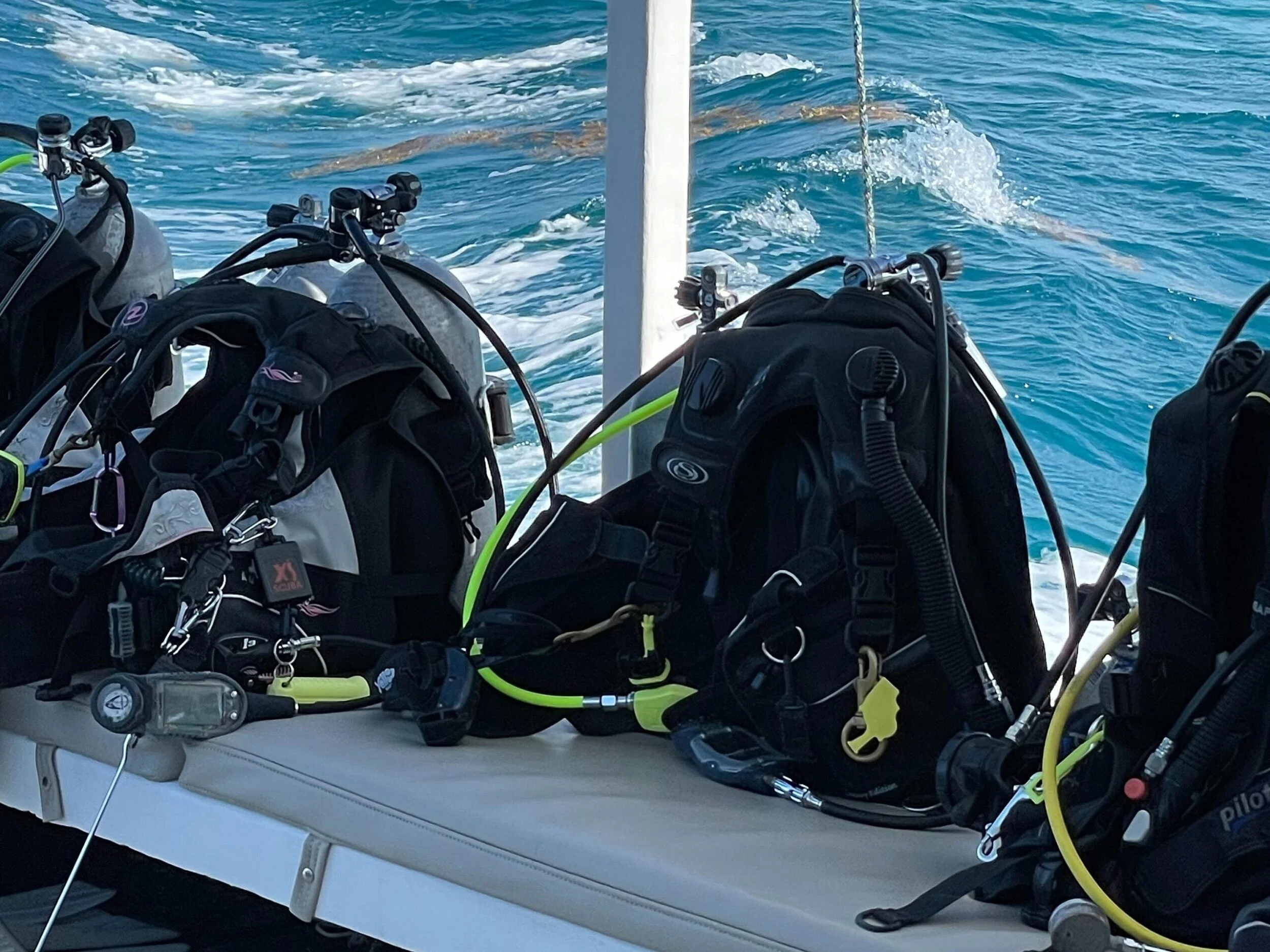How to Choose the Perfect Scuba Diving Mask for You
The humble scuba diving mask is so often blamed for a bad dive, yet more often than not, the problem is down to a poor choice of gear. When it comes to choosing the perfect scuba diving mask for you—one that fits your face—a little knowledge can go a long way. Scuba diving is an exhilarating and awe-inspiring activity that allows you to explore the mysteries of the underwater world. To fully experience the beauty and wonder of the ocean, it’s essential to have the right diving equipment, and one of the most important pieces to buy is a well-fitting scuba diving mask.
A mask for scuba diving is an essential tool for any diver, as it allows you to see underwater by creating an air pocket around your eyes. Without a mask, the water would blur your vision, making it nearly impossible to explore and enjoy the underwater environment.
In this guide, we’ll explore the different types available, how they work, and what to look for when choosing the perfect mask for your next scuba diving or snorkeling adventure. We’ll also provide tips on how to properly care for your mask, ensuring it lasts for years to come. So, grab your snorkel and fins, and let’s dive into the world of scuba diving masks!
What is a Scuba Diving Mask Used For?
When it comes to scuba diving, having clear vision is essential for a safe and enjoyable experience. That’s where the mask for scuba divers comes in handy. This piece of equipment is not just a convenience; it’s a necessity.

Underwater visibility is dramatically reduced due to the refractive properties of water. Without a mask, everything will appear blurry and distorted, making navigation and checking your air nearly impossible. A diving mask provides an air space around your eyes, allowing you to see clearly and navigate through the water with ease. Without a properly fitting mask, diving is much less enjoyable.
How Does a Scuba Diving Mask Work?
The basic mechanics of a scuba diving mask are quite simple. It consists of a frame, a skirt, lens, a nose pocket and a mask strap. The frame is usually made of lightweight materials such as plastic, aluminum, or titanium. Nowadays pretty much every mask has silicone skirt, but they can be made of rubber or PVC as well. The skirt is responsible to create a watertight seal around the face and avoid a leaking mask.
In modern times liquid silicone is often the preferred choice for the material of the skirt. Liquid silicone is very soft, and the water pressure pushing it against your face will help it seal.
For scuba diving, it must have tempered glass lenses, which is resistant to breaking. The mask straps are usually made of the same material as the skirt, but you can change it for a neoprene strap for added confort. The nose pocket is, as it names states, a pocket for the nose, and it is shaped in a way you can pinch your nose to equalize your ears.
[content-egg-block template=offers_list groups=”Acessories” next=”1″]
There inumerous masks on the market, so to ensure the mask fits properly, it’s essential to try on different sizes and styles. The mask should be snug but not too tight, and the skirt should create a watertight seal around your face. An ill-fitting mask can result in water leaking in and fogging up the lens, making it difficult to see.
Types of Scuba Diving Masks
When it comes to choosing the right scuba diving mask, there are several different types to consider. Each type of mask has its own unique features and advantages, so it’s important to choose one that suits your diving needs.
Single Lens Mask
One of the most common types of scuba diving masks is the single lens mask. As the name suggests, this type of mask has a single large lens that offers an bigger field of view of the underwater world. Single lens masks are popular for their simplicity, easy maintenance and peripheral vision.
[content-egg-block template=offers_list groups=”Single Lens Masks”]
Double Lens Mask
Another popular option is the double lens mask. This type of mask features two separate lenses, which offer better depth perception and can for those who wear glasses, the good news are: them can easily accommodate corrective lenses. Double lens masks also typically have a low volume and profile, making them a good choice for divers who want a more streamlined look.
[content-egg-block template=offers_list groups=”Dual Lens Masks”]
Full Face Mask
Full-face masks are another option that’s gaining popularity among divers. These masks cover the entire face, providing a better panoramic vision and greater comfort. They also have an integrated regulator, which makes it easier to breathe underwater. However, full face scuba masks are typically more expensive, require extra training, and require more maintenance than other types of masks.
[content-egg-block template=offers_list groups=”Full Face Masks”]
Framed vs Frameless Scuba Diving Mask
A framed mask typically has a rigid frame made of plastic or metal that surrounds the lens and provides structural support. Framed masks are usually more durable and can withstand rough handling, making them a popular choice for technical diving or diving in challenging environments.
On the other hand, a frameless mask is made of a single piece of silicone material without a rigid frame. The lens is directly bonded to the skirt, which is the part that seals against the face. This design allows for a more minimalistic and lightweight mask that provides a low profile and greater flexibility. Frameless masks are often preferred by recreational divers or those with smaller faces, as they can provide a more comfortable fit and reduce the risk of mask squeeze.

Characteristics of a Good Scuba Diving Mask
When shopping for a scuba diving mask, there are several factors to consider in order to find the right fit for you.
First, it’s important to try on masks in person to find the best fit and comfort. Masks come in different sizes and shapes, and trying them on will give you a better idea of which ones are comfortable and fit well. It’s also important to ensure that the mask creates a good seal around your face to prevent leaks.
Consider the type of lens that you want in your mask. Some masks have clear lenses, while others have colored lenses that can enhance visibility in certain environments. Additionally, some masks have prescription lenses or the option to add them.
Adjustable straps are another important feature to consider. Straps that can be adjusted easily will allow you to achieve a comfortable and secure fit. Buckles that can be operated with one hand can make it easier to adjust the straps while in the water.
Lastly, consider features such as anti-fogging coatings and protective cases for your mask. Anti-fogging coatings can help prevent the lens from fogging up, while protective cases can keep your mask safe and secure when not in use.
Overall, finding the right scuba diving mask requires some trial and error, but considering the factors above will help ensure that you find the perfect fit for your diving needs.
How To Try A Scuba Diving Mask For Fit
Ensuring that your scuba diving mask fits properly to your face shape is crucial for having an enjoyable and safe diving experience. To check if it fits correctly, start by placing the mask on your face without putting the strap around your head. Inhale gently through your nose and hold your breath; the mask should suction onto your face without any gaps or leaks.
If the mask does not seal properly, adjust the strap or try a different shaped mask. Next, put the strap on your head and check that it is snug but not too tight. Lastly, try moving your head from side to side and up and down to see if the mask stays in place. A properly fitting mask should allow you to see clearly, breathe easily, and feel comfortable throughout your dive.
Taking Care of Your Scuba Diving Mask
Taking care of your scuba diving mask is crucial to ensure its longevity and your continued enjoyment while diving.
After each dive, rinse your mask with fresh water to remove any salt or debris. Salt water can cause the lens to become cloudy or even corrode the mask over time, so rinsing it off is important.
Store your mask in a protective case or bag to prevent it from being scratched or damaged when not in use. Additionally, avoid leaving it in direct sunlight for prolonged periods of time, as this can cause the mask to degrade.
To prevent your mask from fogging, use an anti-fogging solution before each dive. These solutions can be purchased at most scuba diving stores and will help keep the lens clear during your dive.
[content-egg-block template=offers_list groups=”Acessories”]
It’s also important to periodically inspect your mask for any signs of wear or damage. Cracks in the lens or the mask skirt can compromise the integrity of the mask and should be addressed promptly.
By following these tips and taking proper care of your scuba diving mask, you can ensure that it lasts for years and provides you with clear visibility during your underwater adventures.
Other Considerations
When choosing a scuba diving mask, there are a few additional factors to consider that can greatly impact your diving experience.
First and foremost, it’s essential to pick a mask that fits properly. A mask that doesn’t fit well can cause leaks, which can lead to discomfort and even be dangerous in some situations. In addition, a mask that is too tight can cause headaches and discomfort during extended dives.
Investing in a high-quality mask is also important. A high-quality mask will be more durable, provide better visibility, and often include additional features such as anti-fogging coatings and adjustable straps. While they may be more expensive upfront, a good quality mask can last for many years, making it a worthwhile investment.
Different lens colors can also impact visibility underwater. Clear lenses are the most common and provide the best overall visibility. However, masks with colored lenses can enhance visibility in certain environments, such as green lenses for murky water or yellow lenses for low light conditions.
Consider a neoprene mask strap for added comfort, specially if you have longer hair.
Lastly, consider the type of diving you’ll be doing when choosing a mask. Different types of masks are better suited for different types of diving, such as full-face masks for colder water or single lens masks for a wider field of vision.
Overall, taking the time to consider these additional factors when selecting a scuba diving mask can greatly improve your diving experience and make your underwater adventures more enjoyable.
Our Final Thoughts
In conclusion, picking the right scuba diving mask is an essential part of ensuring a safe and enjoyable diving experience.
A good mask should fit comfortably, be durable and have good visibility. Taking the time to properly maintain and care for your mask will ensure its longevity and your continued enjoyment while diving.
When shopping for a mask, consider factors such as lens color, type of diving, and additional features such as anti-fogging coatings and adjustable straps. Investing in a high-quality mask may be more expensive upfront, but it can last for many years and provide a better overall diving experience.
Remember to always try on different sizes and styles before making a purchase, and to follow proper care and maintenance guidelines to keep your mask in top condition.
Whether you’re a seasoned diver or just starting out, choosing the right scuba diving mask is an important step in exploring the fascinating world beneath the waves.
Disclosure: This post may contain affiliate links, which means that DIVEMONDO may receive a small commission if you make a purchase using these links. As an Amazon Associate this website earn from qualifying purchases.











Leave a Reply